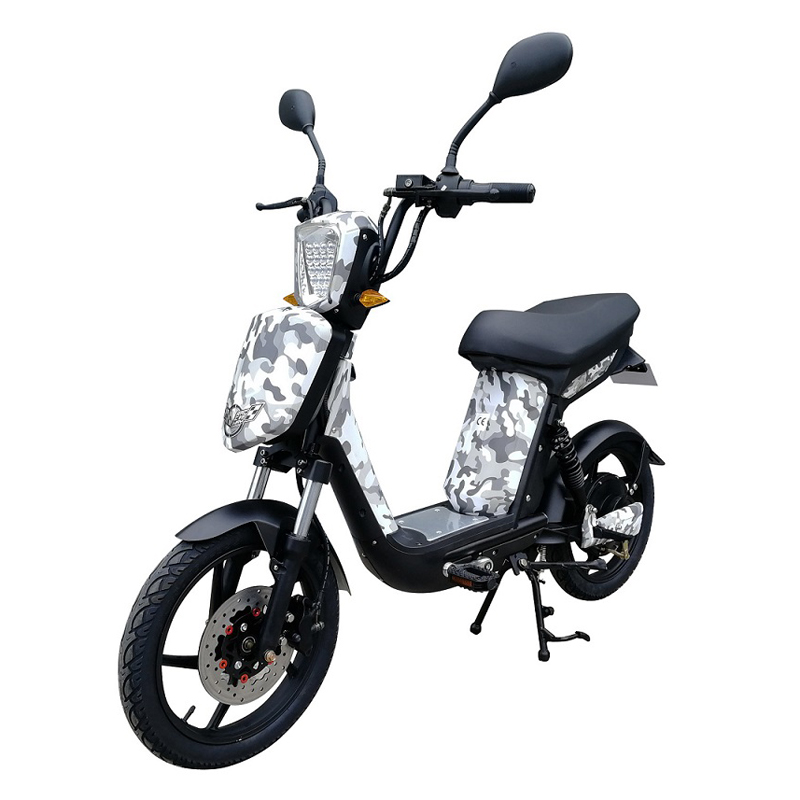1. Imbalance. Caused by differences in capacity and vol […]
1. Imbalance.
Caused by differences in capacity and voltage. Often a severely backward.
Repair method: change, but do not use a new one.
2. Water loss.
Caused by overcharge. Causes of imbalance and charger.
Repair method: replenish water (distilled water).
3. Vulcanization.
Caused by undercharge. Causes of water loss and charger.
Repair method: use 0.01-0.02C small pulse current.
4. Soften.
Caused by high current charging and discharging.
Repair method: deep discharge first, and then charge with 0.2-0.5C large pulse current.
5. Falling off.
Inevitable later.
Repair method: None.
6. Short circuit or open circuit.
Severe vulcanization and shedding are inevitable in the later life.
Repair method: replace the battery.
Devulcanization repair:
1. Make up water. There is not enough water to talk about. Related to solubility.
2. Temperature. High temperature has good effect. Related to activity.
3. High voltage and low current. Generally speaking, it is twice the battery voltage. The current is 0.01C. But not absolutely. For a battery with a severe vulcanization of only 0V, the voltage will be higher at the beginning and the current will be lower.
4. Pulse frequency. This is not the main one. In favor of the 1945 statement, it is purely a matter of course to say that the crystal resonance has no experimental basis. I suggest you experiment with 200Hz, 1000Hz, 8330Hz.
Softening repair: For example, a 20Ah electric motorcycle battery, discharge 10A below 10.5V for one hour, then charge it with 5A current, and gradually reduce the current after charging to 15V. Battery heating is normal.
https://www.hangpai-ebike.com/

Zhejiang Hangpai Electric Technology Co., Ltd.